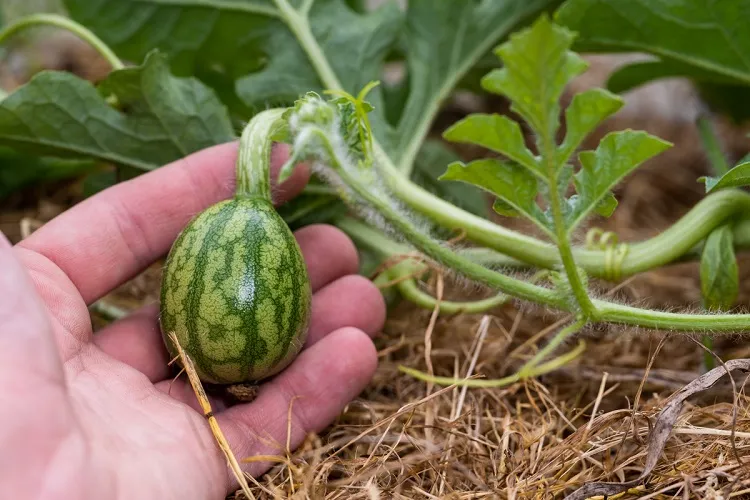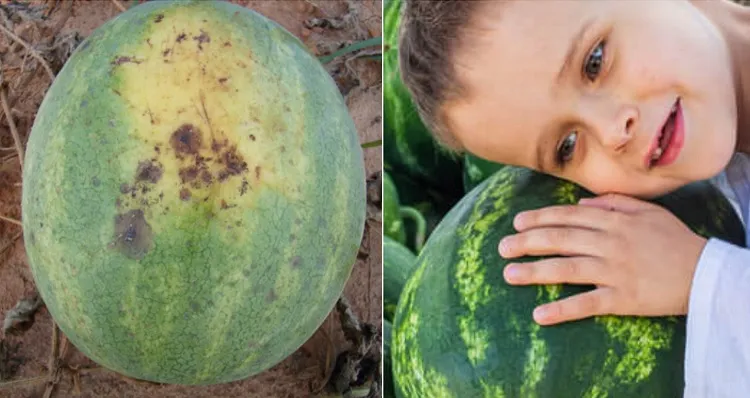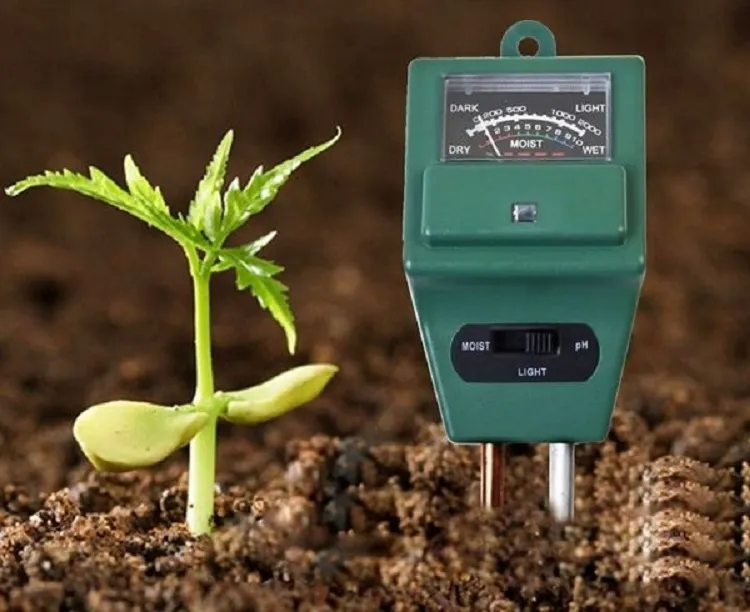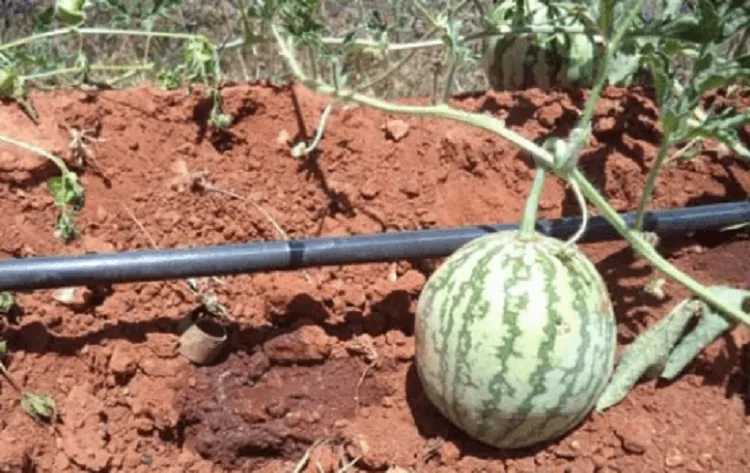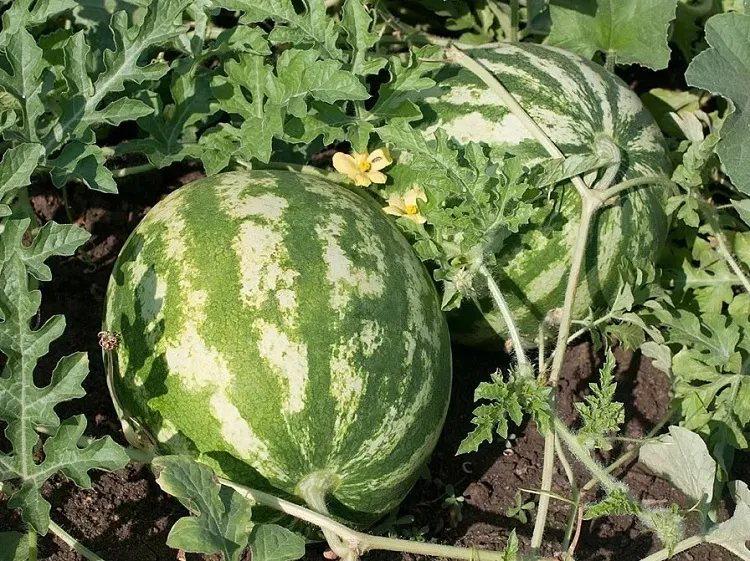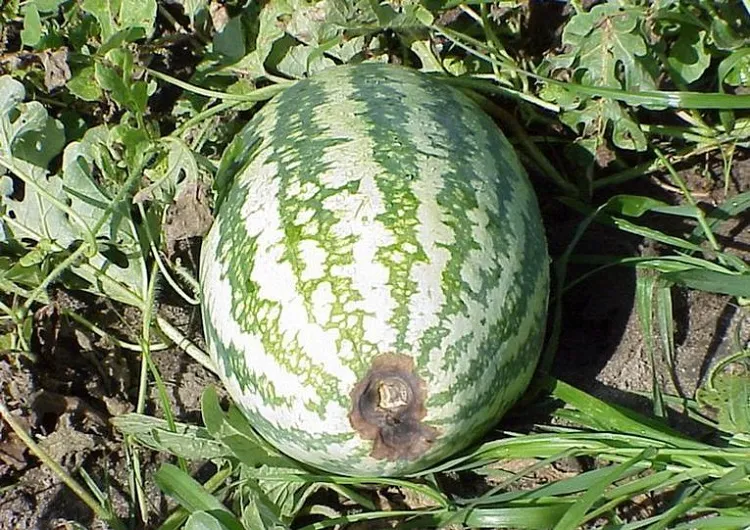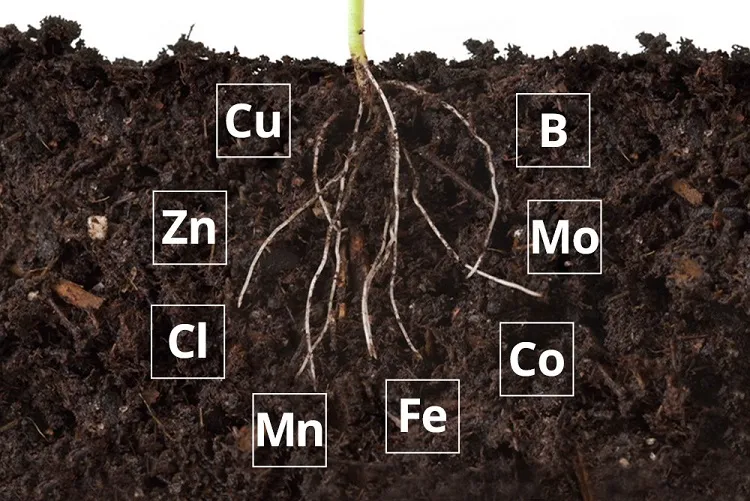Imagine you plant your watermelons and, while they grow, spend a lot of time caring for them. And in the late summer, when it’s time to have your yield, you find that half of the fruits have dark rotting bottoms. Is there a way this condition, known as “belly rot”, to be prevented? What should you do in the beginning of summer, to stop this process? Watermelons are delightful fruits, but finding black areas on these juicy delicacies can be disheartening. This phenomenon can lead to premature rotting and spoilage of the fruit. Continue reading to explore with us the causes behind watermelon bottoms turning black, and how to prevent its spoilage, ensuring you can enjoy sweet and healthy fruits all season long.
What Causes Watermelon Belly Rot?
Several factors contribute to this unfavorable condition, the most severe of which is fungal infections, due to pathogens such as Pythium or Fusarium. They penetrate the watermelon through cuts or wounds, which leads to rot. This situation worsens when the humidity levels are high, and the circulation of air is poor. Another pathogens which causes the fruit belly rot may be bacterial infections caused by Acidovorax avenae subsp. citrulli, which are transmitted through soil, seeds, or irrigation water. Other factor can be imbalances in soil nutrients, particularly when nitrogen is too much. Excessive nitrogen in soil promotes rapid foliage growth, which can make the fruits more susceptible to rot. Lastly, waterlogged or poorly drained soil may also lead to watermelon bottoms turning black, impairing the plant’s ability to take up nutrients effectively. As a result of all these processes, the fruit quality is usually deteriorated.
Why Are My Baby Watermelons Rotting on the Vine?
It is so disheartening to find baby watermelon bottoms turning black and rotting before they have a chance to ripen. Several factors can lead to this issue:
- Poor pollination: When the pollination is not enough, this can result in undersized or malformed fruits that are prone to rotting. The problem roots in insufficient number of pollinators, like bees and butterflies, or unfavorable weather conditions during flowering.
- No stem support: If there are no trellises, which support watermelons growth, their weight often strains the vines, causing baby fruits to lay down on the soil. The moisture and pathogens there then contribute easily to premature rotting.
- Bad air circulation: Overcrowded planting leads to dense foliage that can impede air circulation and enhance the humidity around the fruits. These are excellent conditions for fungal growth, which trigger the rotting, causing watermelon bottoms turning black.
- Diseases and pests: Aphids or cucumber beetles, or diseases like powdery mildew can worsen the plant’s health, and as a result, it’s more susceptible to fruit rotting. Proper pest and disease management is needed to prevent premature fruit spoilage.
How Do You Keep Watermelons From Rotting?
Prevention is key when it comes to avoiding watermelon bottoms turning black. Some practical guidelines are needed to keep your fruits healthy and delicious:
- Choosing a suitable site and soil preparation: When planting watermelons, look for a location with well-drained soil, suitable pH, and full sun exposure. Prepare the soil by incorporating organic matter to improve drainage and nutrient availability.
- Provide irrigation and air circulation: Watermelons require consistent moisture, but overwatering can lead to root rot. Maintain a regular watering schedule with care, ensuring the soil is moist, but not too much. Providing an enough spacing between the plants allows better air circulation, reduces the excess humidity and minimizes the risk of fungal infections. Prune the dense foliage to improve airflow and penetration of sunlight.
- Mulching care and fruit support: Placing straw or dry leaves around the fruits prevents from weeds development, conserves moisture, and the fruits do not come into direct contact with the soil. Use plant’s supports such as trellises or thick boards to lift the growing fruits over the ground, reducing the risk of rotting.
- Ensuring pollination: Invite pollinators like bees to visit your garden by planting flowers, blooming bushes and trees nearby, or care to attract bees. You may also carefully pollinate your watermelon flowers by hand, using a small brush or cotton swab, to ensure the growth of more fruits.
- Prevent appearance of pests and diseases: You should inspect your watermelon plants for any signs of diseases. Implement healthy measures such as organic insecticides or introducing natural predators to suppress pest populations. When it’s necessary, apply fungicides to prevent fungal infections.
- Control of the nutrients: Firstly, perform a soil test to determine the nutrient levels in your garden. Then, maintain a balanced fertilizer application to avoid excessive nitrogen, which can cause a belly rot. It’s wise to follow recommended fertilization guidelines based on the specific needs of watermelon plants.
Read also: Lose Weight With Watermelon: Detox your body and lose weight with this 5-day diet


